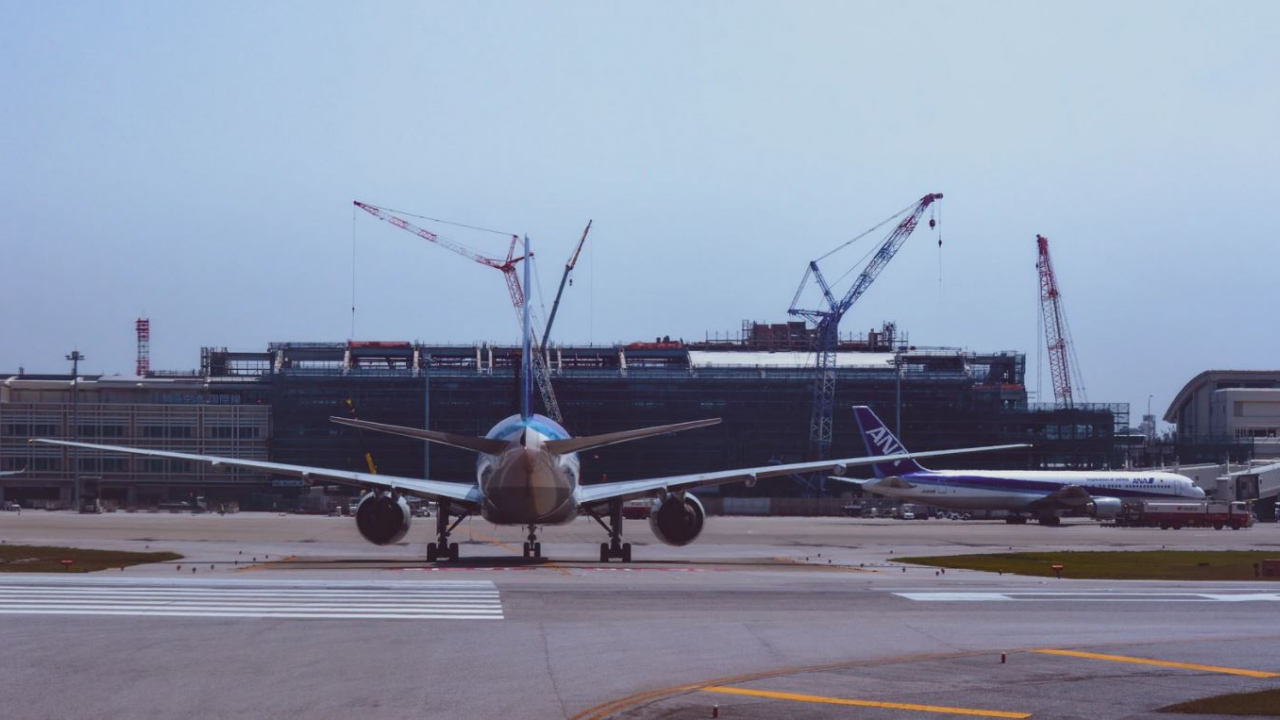Airport Projects During COVID19, Time for Shifting the Curve!
Mo. Ashmawy
December 16, 2020

____simple_html_dom__voku__html_wrapper____>
We live in strange times as I write this, and we are all starting to get used to our work from home and communicate in different ways, but different can be useful; it just depends upon your state of mind. A couple of months ago, airplanes were full of passengers, airports were stuffed with movement, with new and ongoing airport projects under the gun to meet deadlines!  I see great opportunity. In the COVID19 era, while everyone is doing their part with extreme safety measures and social distancing to Flatten the Curve, we have an immense opportunity to Shift the Curve in the ongoing and future airport’s projects!
I see great opportunity. In the COVID19 era, while everyone is doing their part with extreme safety measures and social distancing to Flatten the Curve, we have an immense opportunity to Shift the Curve in the ongoing and future airport’s projects!
“COVID 19 Era, while social distancing flattens the curve, we have an immense opportunity to shift the Curve in the airport’s projects”!
Airport projects are more often encountered with stressed schedules and budgets than other infrastructure construction types because they are more complex facilities with a wide variety of stakeholders’ interests and involve more uncertainty. One of the significant airport development stresses is the rush to commence construction “fast tracking” with incomplete/coordinated design, which leads to continuance changes along the way of the project timeline from planning to completion with the high cost and time delays. Now, what we can do differently? For the first time in modern history, the fact is that airports and airlines are facing nominal operations and less stress for completing projects to meet demands/needs. It is immensely valuable to use this time to plan for more successful airport projects by spending more time in shifting design decision making forward. “If you want to survive, you’re going to change; if you don’t, you’re going to perish. It’s as simple as that.” Thom Mayne, FAIA. The renowned MacLeamy Curve, which was first debuted in 2004, is remarkable as it represents the shift of effort, which we know as “front-end-loading.” The rationale for the shift is that effort is moved to an earlier stage when the cost impact (risk) of making changes is less.  Source: “Integrated Project Delivery: A Guide” published by the American Institute of Architects, National and California Councils, 2007 Studies show that 50% of the factors leading to stressed projects are late or incomplete design, resulting in increased changes to airport investment projects and ‘time to market’ is the most crucial parameter in the financial model. In these challenging days we have the chance to mitigate this issue by utilizing the IPD approach, which gives you a ‘soft landing’ to secure a successful operation to start generating revenues. When we have plenty of time on our hands, one of the challenges we have is procrastination. At the moment, there is always time tomorrow, but that is dangerous, so try to plan your project so things actually get done proactively, ideally with minimal changes along the project time. As you likely cannot work on your aviation business at the moment, now is a great time to turn your attention to how to gain time in the future by mitigating what you have already lost through this crisis period and will leave your airport projects ahead of the pack when we get back to normality. I am a firm believer that aviation will build back even better than before because this what history tells after every crisis. Aviation has always been able navigate through difficult times, recover and grow!
Source: “Integrated Project Delivery: A Guide” published by the American Institute of Architects, National and California Councils, 2007 Studies show that 50% of the factors leading to stressed projects are late or incomplete design, resulting in increased changes to airport investment projects and ‘time to market’ is the most crucial parameter in the financial model. In these challenging days we have the chance to mitigate this issue by utilizing the IPD approach, which gives you a ‘soft landing’ to secure a successful operation to start generating revenues. When we have plenty of time on our hands, one of the challenges we have is procrastination. At the moment, there is always time tomorrow, but that is dangerous, so try to plan your project so things actually get done proactively, ideally with minimal changes along the project time. As you likely cannot work on your aviation business at the moment, now is a great time to turn your attention to how to gain time in the future by mitigating what you have already lost through this crisis period and will leave your airport projects ahead of the pack when we get back to normality. I am a firm believer that aviation will build back even better than before because this what history tells after every crisis. Aviation has always been able navigate through difficult times, recover and grow!
